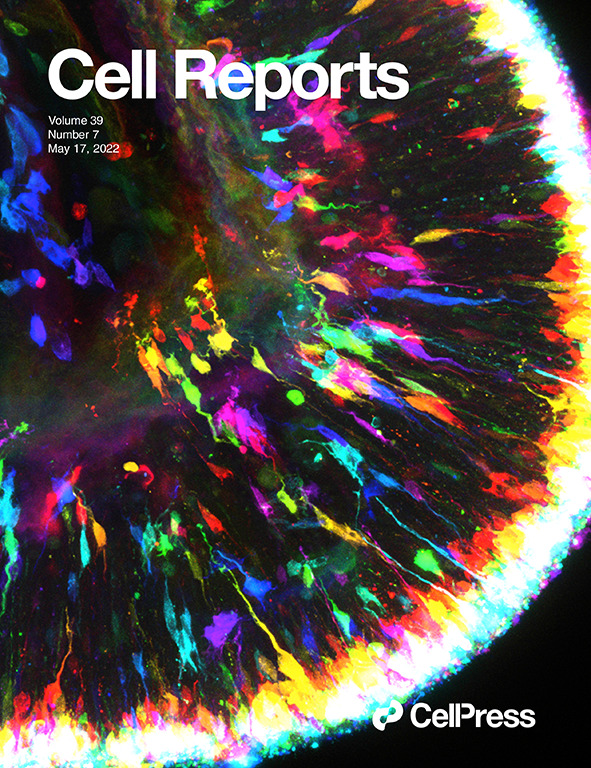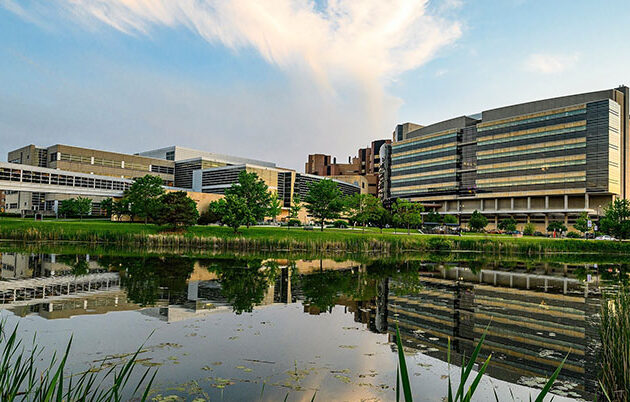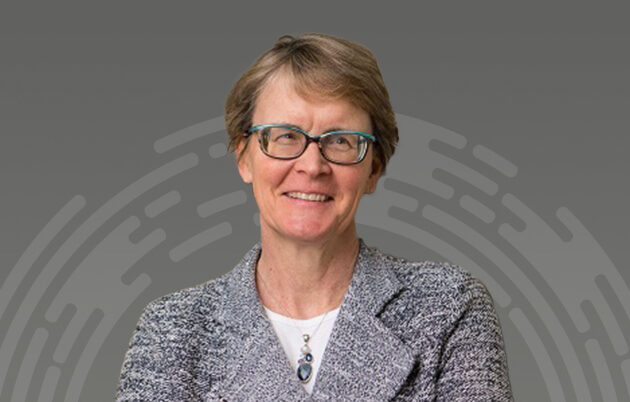Then the team used time-lapse imaging of the living cells to watch as the axons extended from the photoreceptors toward their target cells. While the ends of recently generated cone photoreceptor axons could actively elongate, their window to do so was surprisingly short; by day 80 they lost this ability. Rod photoreceptors, in contrast, completely lacked the ability to extend axons on their own.
The team discovered that older laboratory-grown photoreceptor cells could extend axons to make connections if they were grown along with other, motile retinal cells. Unexpectedly, axons of the photoreceptor cells could attach themselves to these cells and be pulled along for the ride.
The team is also exploring the possibility of encouraging remaining retinal cells targeted by newly transplanted photoreceptors to reach out as well.
The study is an important step in developing stem cell therapies for blindness, said Gamm, who is also director of the McPherson Eye Research Institute and an expert in retinal stem cells and their applications to human disease.
“Work here at UW–Madison is really converging on this field,” he explained. “We are beginning to understand core principles of how we might replace photoreceptor cells in people with advanced stages of blinding disease.”
Other members of the research team include Madalynn Welch, Allison Ludwig, M. Joseph Phillips and Yochana Kancherla from the UW School of Medicine and Public Health, and Dr. Donald Zack of Johns Hopkins University.


